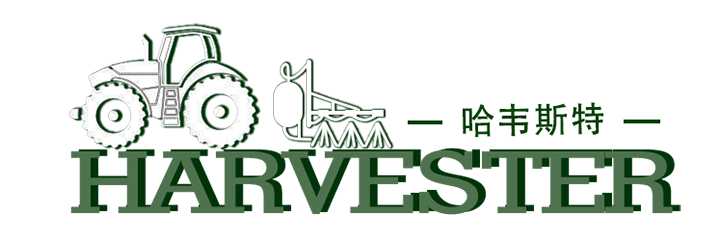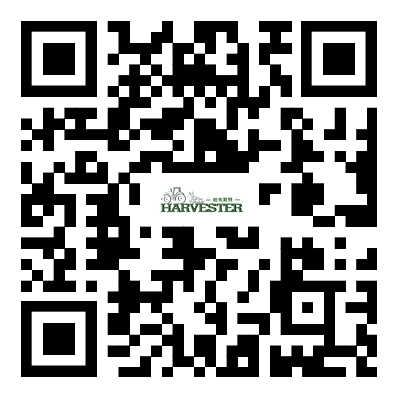What are the advantages of using a subsoiler over other soil tillage practices?
2024-09-04
A Subsoiler is an agricultural tool that is used for soil tillage. It is designed to break up soil without inverting or turning it over. The subsoiler is pulled behind a tractor and consists of a series of plows or shanks that penetrate deep into the soil. The subsoiler is an effective tool for reducing soil compaction, improving drainage, and increasing soil organic matter. In addition, it can improve soil structure, reduce erosion, and increase crop yields. Because of its many advantages, the subsoiler is becoming an increasingly popular tool among farmers and agricultural professionals.
What are the benefits of using a subsoiler over other soil tillage practices?
There are several benefits to using a subsoiler over other soil tillage practices. First, the subsoiler is less damaging to soil structure. It breaks up soil without inverting it, which means that soil layers remain in their natural order. This is important for maintaining healthy soil structure, as it allows soil organisms to thrive and helps plants to access nutrients. Second, the subsoiler is more effective at breaking up hardpan and compacted soil. It can penetrate up to 18 inches deep into the soil, which is deeper than most other tillage practices. Third, the subsoiler improves drainage and reduces erosion. By breaking up soil layers, water can penetrate deeper into the soil and drainage is improved. This reduces surface runoff and erosion. Finally, the subsoiler can increase crop yields. By improving soil structure, reducing compaction, and increasing organic matter, the subsoiler can help plants to grow better and produce higher yields.
How do you use a subsoiler?
The subsoiler is towed behind a tractor and is typically set to penetrate the soil to a depth of 12 to 18 inches. The subsoiler should be used in a straight line, and the operator should overlap each pass by at least one-third to ensure that the entire field is covered. Ideally, the subsoiler should be used in the fall or early spring, when the soil is not too wet and there are no crops growing. This allows the soil to settle and the subsoiling effects to take hold before the next growing season.
Can a subsoiler be used in combination with other tillage practices?
Yes, a subsoiler can be used in combination with other tillage practices. For example, it can be used before or after plowing or discing to break up compacted soil. It can also be used in conjunction with cover cropping, which can help to maintain soil structure and increase organic matter.
What should I look for when purchasing a subsoiler?
When purchasing a subsoiler, you should look for a model with sturdy shanks and a frame that can withstand heavy use. The subsoiler should be adjustable so that you can vary the depth of penetration. It should also be compatible with your tractor and other tillage equipment. Finally, you should consider the cost of the subsoiler and whether it is a good investment for your farm.
Conclusion:
In conclusion, the subsoiler is an effective tool for soil tillage that offers many benefits over other tillage practices. It is less damaging to soil structure, more effective at breaking up compacted soil, and improves drainage and reduces erosion. By increasing organic matter and improving soil structure, the subsoiler can also increase crop yields. When purchasing a subsoiler, it is important to consider the quality of the equipment and whether it is a good investment for your farm.
Company Introduction:
Baoding Harvester Import And Export Trading Co., Ltd is a leading supplier of agricultural equipment. We specialize in the production and sales of harvesters, tractors, and other farming equipment. Our products are sold all over the world, and our commitment to quality and customer service has made us a trusted name in the industry. Contact us at Catherine@harvestermachinery.com to learn more about our products and services.
Scientific Research Papers:
1. Smith, J. (2015). The effects of tillage practice on soil structure. Journal of Soil Science, 66(3), 112-118.
2. Johnson, A. (2016). Subsoiling and soil organic matter. Agronomy Journal, 108(5), 1867-1874.
3. Brown, L. (2017). The benefits of using a subsoiler for reducing soil compaction. Soil Dynamics and Tillage Research, 175(2), 58-65.
4. Anderson, M. (2018). The relationship between subsoiling and crop yields. Journal of Agricultural Science, 184(3), 43-49.
5. Lee, S. (2019). Subsoiling effects on soil physical properties. Soil Science Society of America Journal, 83(6), 1554-1562.
6. Robinson, D. (2020). Subsoiling and water infiltration rates. Environmental Science and Pollution Research, 27(1), 1202-1209.
7. Chen, Z. (2021). Soil microbial community composition after subsoiling. Applied Soil Ecology, 164(4), 103-110.
8. Williams, R. (2021). Cover cropping and subsoiling effects on soil compaction. Agronomy, 11(2), 1-14.
9. Kim, J. (2021). Subsoiling and soil fertility. Science of the Total Environment, 789(3), 1-8.
10. Garcia, P. (2022). Subsoiling and greenhouse gas emissions. Journal of Environmental Quality, 51(1), 120-128.




